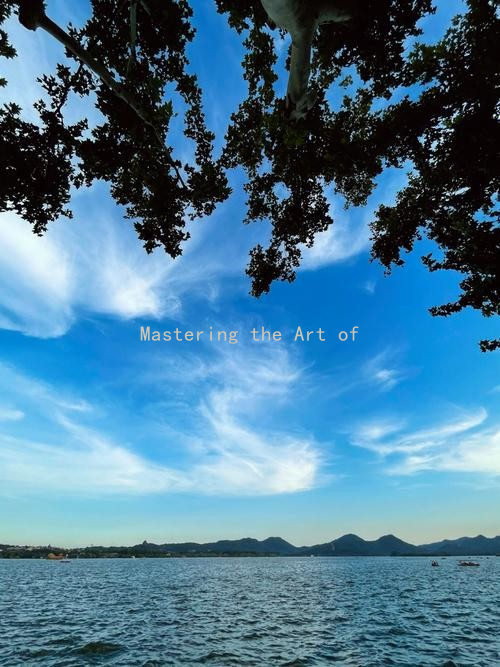The Art of Seduction: Philosophical Approaches to Attraction
In the complex world of relationships and attraction, the art of seduction has long captivated philosophers, psychologists, and romantics alike. Seduction is not merely about allure; it is a profound interplay of understanding, psychology, and human connection. By exploring some philosophical approaches to attraction, we can glean valuable insights that enhance our ability to connect with others on both emotional and intellectual levels.
One significant philosophical viewpoint is rooted in the concept of authenticity. Thinkers like Søren Kierkegaard emphasized the importance of being true to oneself as a foundation for genuine relationships. Authenticity entails being transparent about ones feelings, desires, and intentions. In the realm of seduction, projecting an image that is not aligned with who you are can lead to disillusionment and mistrust. Therefore, cultivating self-awareness and embracing ones individuality becomes a key strategy in attracting others.
Another philosophical approach focuses on the idea of presence and mindfulness. Eastern philosophies, such as Buddhism, emphasize the importance of being present in the moment. When engaging with a potential partner, it is vital to listen actively and respond thoughtfully. Practicing mindfulness not only enhances interpersonal skills but also fosters an environment where genuine attraction can flourish. By showing sincere interest and attentive listening, one can create a deep emotional bond, which often serves as the cornerstone of attraction.
Moreover, the concept of reciprocity in relationships is grounded in ethical philosophy. This principle suggests that mutual exchange forms the basis of attraction. Just as one gives affection, attention, and care, it is equally important to receive these qualities in return. The balance and flow of energy in a relationship can amplify feelings of attraction. Hence, engaging in acts of kindness and appreciation can create a compelling dynamic that draws people closer together.

Additionally, the interplay of mystery and curiosity is significant in the art of seduction. Plato famously discussed the allure of the unknown, suggesting that intrigue can spark an initial attraction. When individuals maintain an element of mystery about themselves, they ignite curiosity in others. However, this mystery should not be sustained through deception; rather, it should arise from complex layers of personality and experience that invite exploration and connection. Engaging in meaningful conversation that reveals snippets of your life while leaving room for discovery can captivate potential partners.
Lastly, the interplay of humor and joy is a key element that draws people toward each other. Sharing laughter and light-hearted moments fosters a positive atmosphere conducive to attraction. Philosophers like Friedrich Nietzsche celebrated the idea of joy as a fundamental aspect of human experience. When individuals share moments of humor, they establish a bond that transcends superficial attraction, creating a sense of camaraderie and ease.
In conclusion, the art of seduction is not solely reliant on charm or physical attractiveness; rather, it is a multidimensional process steeped in authenticity, presence, reciprocity, mystery, and joy. By embracing these philosophical approaches, individuals can cultivate deeper connections with others, enhancing their attractiveness in meaningful ways. Ultimately, genuine attraction blossoms not just from the effort to appeal to others but from the sincere desire to understand and engage with them on a profound level.





